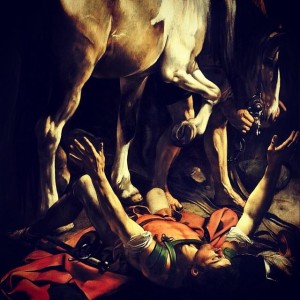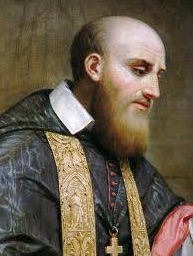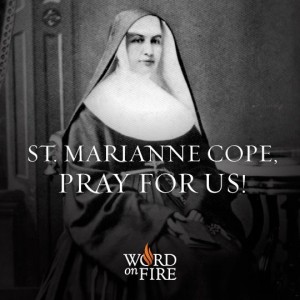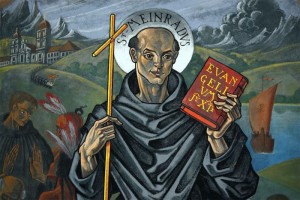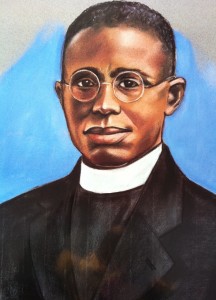The document Unitatis Redintegratio (21 Nov. 1964) of the Second Vatican Council stresses spiritual ecumenism. Sometimes we overlook this aspect. But we can’t but focus on what is the soul of the ecumenical movement; theologians and church leaders have a lot of work to do on this point; I recall that the saints have kept their eyes on this method, and so we as members of the Body of Christ have to keep focused on daily conversion, a daily turn toward the Lord.
With two noteworthy ecumenical monastic communities this week, Taize and Bose, the Pope spoke of three conditions at the center for Christian unity:
1. there’s no unity without conversion of heart, which includes forgiving and asking for forgiveness.
2. there is no unity without prayer and therefore men and women religious who pray for unity are like ‘an invisible monastery’ bringing together Christians of different denominations from different countries around the world.
3. there is no unity without holiness of daily life. so the more we put our search for unity into practise in our relations with others, the more we will be modelling our lives on the message of the Gospel.
The Week of Prayer for Christian Unity which concludes today (the feast of the Conversion of St Paul) meditated on the theme, “Give me a drink,” from the narrative of the Samaritan woman meeting Jesus.
In his talk with the monastic communities whose primary work is Christian Unity, His Holiness spoke of the fact that we see in the Savior a “desire for unity” among the disciples, and that same thirst continues today especially with the divisions of the Christian community. The thirst of the Samaritan woman –and therefore each one of us– is a “thirst not only material for water, but above all our thirst for a full life, free from the slavery of evil and death.”
Francis calls us to pray about this fact: “Jesus is the fulfillment of God’s promises because it is he who gives to the Holy Spirit, the ‘living water’ that quenches our restless hearts, hungry for life, love, freedom, peace: thirsty for God.”
